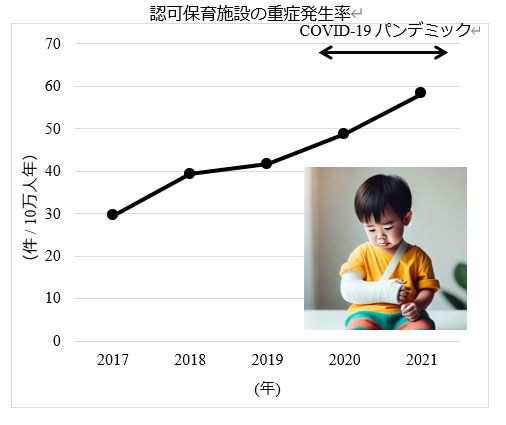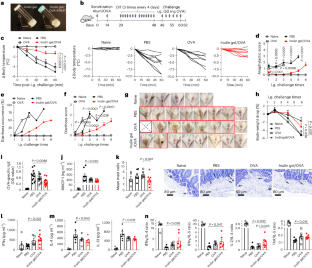2024-07-10 カロリンスカ研究所(KI)
<関連情報>
- https://news.ki.se/women-lose-more-years-of-life-after-a-heart-attack-than-men
- https://www.ahajournals.org/doi/10.1161/CIRCULATIONAHA.124.068739
心筋梗塞後の過剰死亡率と余命の喪失: レジストリに基づくマッチドコホート研究 Excess Mortality and Loss of Life Expectancy After Myocardial Infarction: A Registry-Based Matched Cohort Study
Christian Reitan, MD, PhD; Pontus Andell, MD, PhD; Joakim Alfredsson, MD, PhD; David Erlinge, MD, PhD; Robin Hofmann, MD, PhD; Bertil Lindahl, MD, PhD; Moa Simonsson, MD, PhD; Paul W. Dickman, PhD; and Tomas Jernberg, MD, PhD
Circulation Published:5 July 2024
DOI:https://doi.org/10.1161/CIRCULATIONAHA.124.068739
Abstract
BACKGROUND:
The effect of myocardial infarction (MI) on life expectancy is difficult to study because the prevalence of MI hinders direct comparison with the life expectancy of the general population. We sought to assess this in relation to age, sex, and left ventricular ejection fraction (LVEF) by comparing individuals with MI with matched comparators without previous MI.
METHODS:
We included patients with a first MI between 1991 and 2022 from the nationwide SWEDEHEART registry (Swedish Web-System for Enhancement and Development of Evidence-Based Care in Heart Disease Evaluated According to Recommended Therapies), each matched with up to 5 comparators on age, sex, and region of residence. Flexible parametric survival models were used to estimate excess mortality risk and mean loss of life expectancy (LOLE) depending on index year, age, sex, and LVEF, and adjusted for differences in characteristics.
RESULTS:
A total of 335 748 cases were matched to 1 625 396 comparators. A higher LOLE was observed in younger individuals, women, and those with reduced LVEF (<50%). In 2022, the unadjusted and adjusted mean LOLE spanned from 11.1 and 9.5 years in 50-year-old women with reduced LVEF to 5 and 3.7 months in 80-year-old men with preserved LVEF. Between 1992 and 2022, the adjusted mean LOLE decreased by 36% to 55%: from 4.4 to 2.0 years and from 3.3 to 1.9 years in 50-year-old women and men, respectively, and from 1.7 to 1.0 years and from 1.4 to 0.9 years in 80-year-old women and men, respectively.
CONCLUSIONS:
LOLE is higher in younger individuals, women, and those with reduced LVEF, but is attenuated when adjusting for comorbidities and risk factors. Advances in MI treatment during the past 30 years have almost halved LOLE, with no clear sign of leveling off to a plateau.



